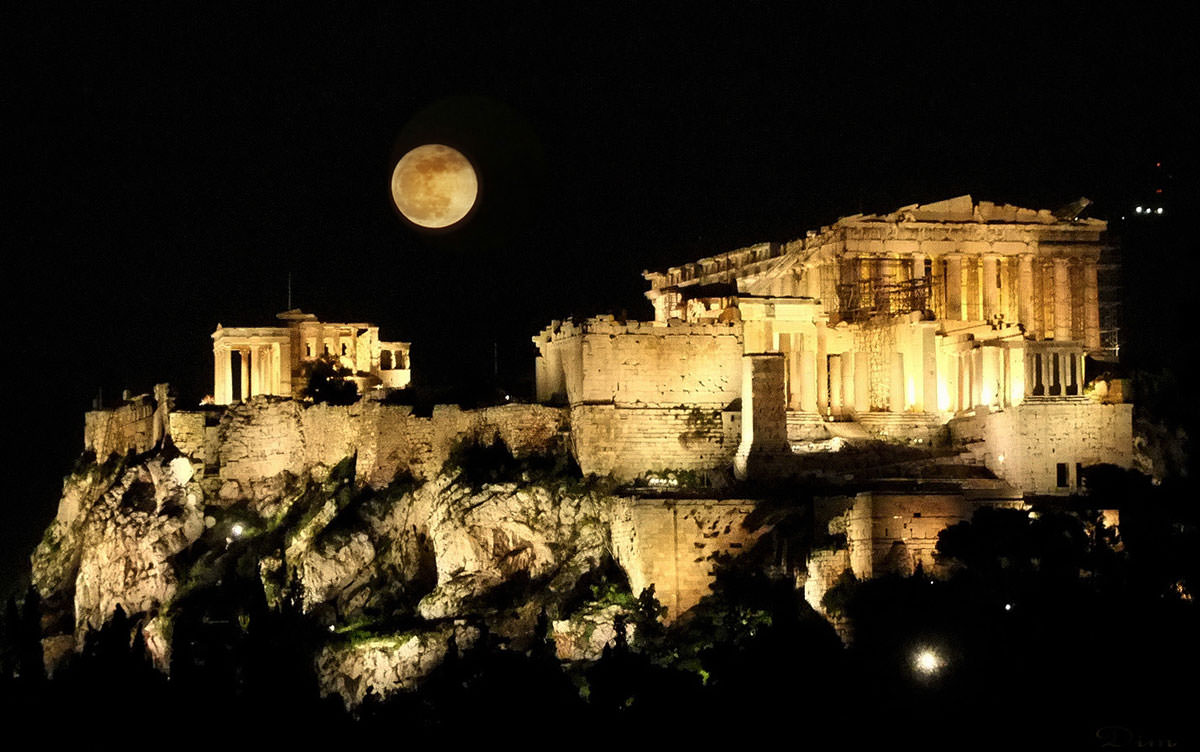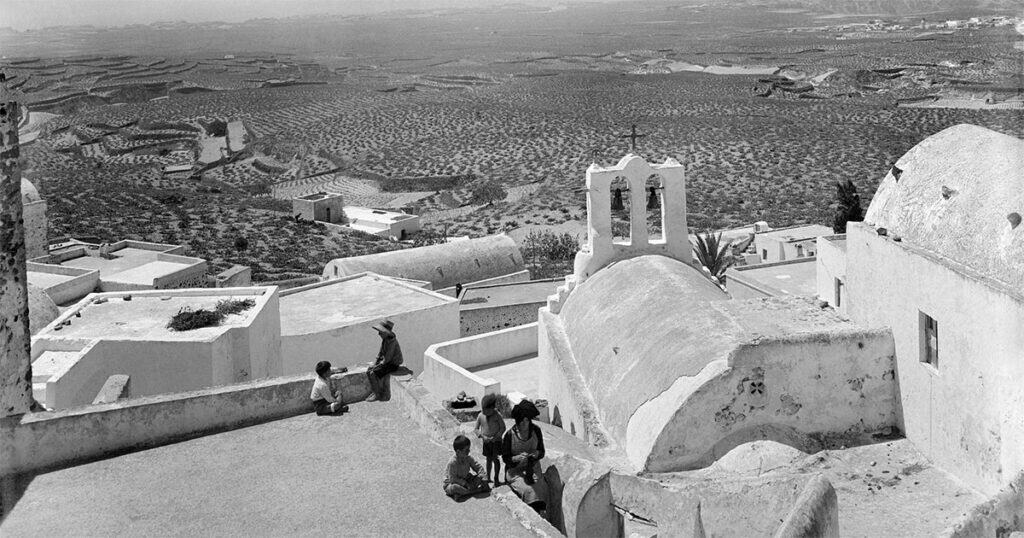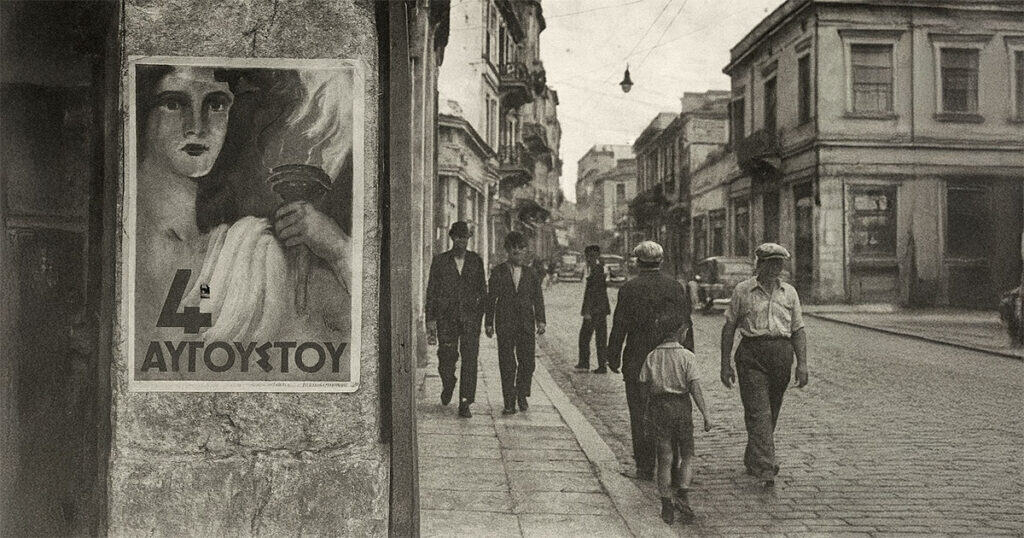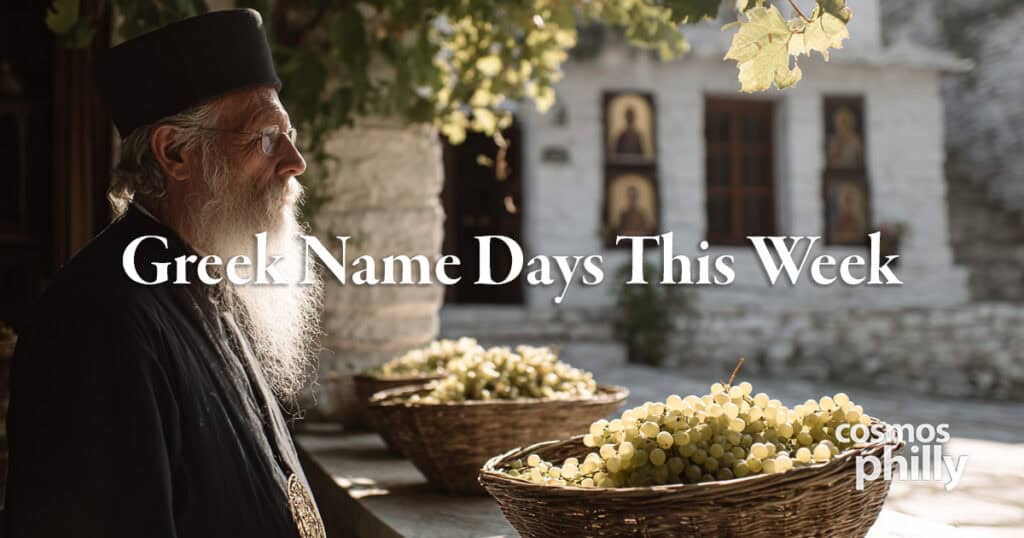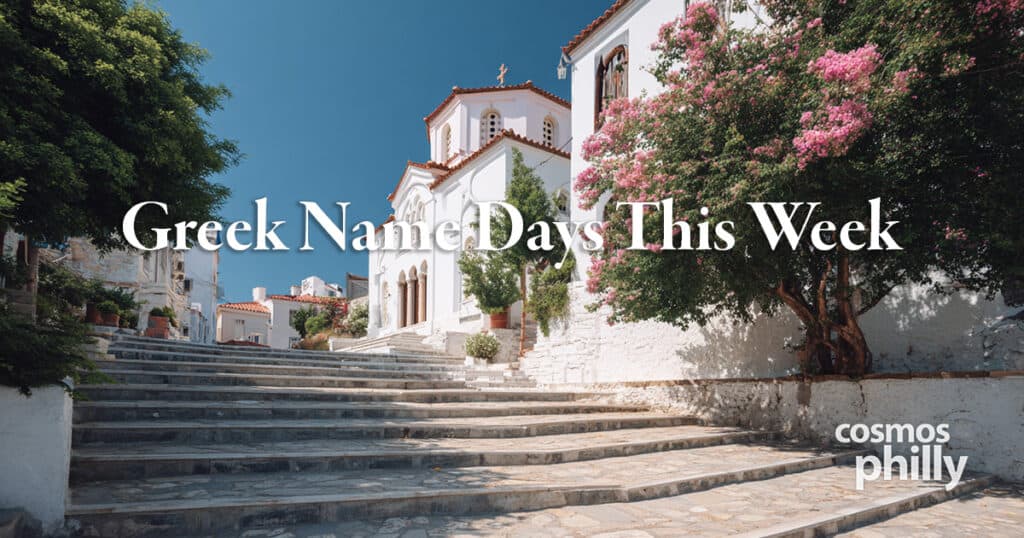I am not the greatest fan of Athens. Having lived and worked there for two years, I believe that my impression is based on the hard facts of daily life there. And yet, the city possesses a magnetic force I cannot deny, in my opinion, best appreciated with a visit of a few days rather than through the rigor of daily life.
I find myself drawn there, whenever I am able to go, in spite of memories of life in the city as a banker just before the financial crises made the cracks in the Athenian pavement (when not obscured by illegally parked cars) globally apparent. My yearly visits, while we lived elsewhere in Europe, were a spiritual recharging of my batteries. Though I do not miss Athens, I feel a deep nostalgia for my “favorite Athens.”

The Athens I love is that oriental warren of lanes, with decaying or lovingly preserved neoclassical homes, delicately proportioned little Byzantine churches, and the jumble of ruins — Classical, Roman, Byzantine, and Turkish — that is the Plaka. With every turn there are tiny shops, some open for generations, many now sadly shut and shuttered. For the palate, one finds every type of watering hole or restaurant, from the latest global fusion to the uber-tacky tourist, to the stark, proletarian tavernas off Monastiraki Square.
Then, from every vantage point, look up and you see it, the Parthenon, the symbol of our ancient greatness. No doubt Athena’s wise brow furrows a castigating glance on her modern progeny when she sees the concrete profusion below. Every time I go there, I feel her icy gaze, and yet I cannot help but feel the seductive charm of the Plaka’s juxtaposed beauty and tackiness, the accumulation of twenty-five centuries, as I settle into a taverna with my signature Greek meal. Athens today is Melina Mercouri’s smoky voice and charm as she lies back in her boudoir, assuring in no uncertain terms that Greece “still is the greatest country in the world.”

Greece is at her timeless best with a square table, simple wicker-backed chairs, and a tin tumbler of Retsina from just over the Hymnettos Mountains, near Athens’ new Germanic international airport. Retsina, the “Greek Blonde,” is as Athenian as the Parthenon. A tenth century Byzantine Archbishop, from the Asian environs of Constantinople, “exiled,” as it were, to serving in provincial Athens, complained that Athenian wine tasted as if ”pressed from the pine rather than from the grape.” No complaints here. The fiery, ice-cold, sulfite-free retsina, a Greek salad, and your choice of grilled meat or fish, with someone you love or you love to talk to, is one of the greatest joys to be had in life. In my experience, nowhere is that particular meal better than in Athens, with the Acropolis as your backdrop.
Rising on unsteady legs, I refuse the Greek coffee or my ubiquitous espresso at the taverna, and I guide myself and my company to the next stop, the navel of Athens and the nearest thing to a spiritual center of gravity that I, a Greek American globalized nomad, possess—Mitropoleos Square.
What, Where, you ask? It is a small square flanked to the east by the Metropolitan Cathedral of Athens, and the tiny eighth-century Byzantine Church of Agios Eleftherios. The Cathedral, built in the 1840s in a Western ecclesiastical style, is a disappointment, particularly given the enormity and centrality of the Orthodox faith in Greek consciousness. It lacks, for example, the domed elegance of Sofia’s massive Alexander Nevsky Cathedral, a grand monument of Slav Orthodoxy, or Belgrade’s St. Sava Cathedral, the largest church in the Balkans, absolutely “St. Sophian” in its splendor. I suppose, however, that no structure in Athens can be allowed to compete with the Parthenon. Further, that grand temple on the Bosphorus, the lost St. Sophia in Constantinople, for a Greek (or for any Balkan Orthodox) is simply irreplaceable.

Rather, it is the surroundings of this little square that make the difference. Next to the somewhat pedestrian Metropolitan Church is the tiny Agios Eleftherios Church (also known, confusingly, as “Theotokos Gorgoepikoos” — “Quick Prayer Answerer” — Church), often closed, but a diminutive reminder of our Byzantine past. The church itself is almost like a repository of anteceding civilizations, as plenty of its bricks are ancient marble quarried from other buildings, and the site itself sits on the foundations of a small Classical shrine.
The rest of the square is dedicated to heroes, including the huge statue of Archbishop Damaskinos, a former prizefighter, whose bouts with German occupiers, British liberators, and Communists, all focused on protecting his flock—or Greek Jews—reminds me that, when at its best, the Church has been our guardian and solace. Shaded by trees, near a couple of standard cafes, lies a smaller statue, that of the Serbo-Greek Constantine XI Dragas Palaeologus, the last Byzantine Emperor, who died at his post on the Walls of doomed Constantinople. The statue is a replica of one in Mystra, at the foot of the fortress town in southern Greece where the martyred emperor served as an enlightened and brave Despot before taking the doomed Crown of Byzantium.
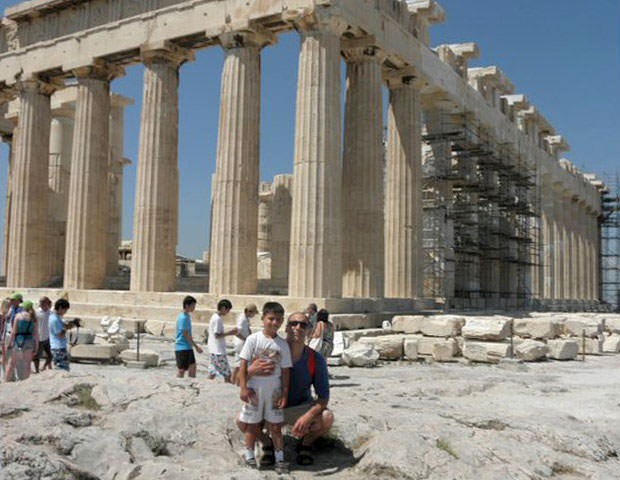
After a quick trip inside the Metropolitan Church to light a candle and to linger, perhaps, for a moment over the vestiment-clad bones of another Constantinople martyr, Patriarch Gregorios, hanged by the Turks as vicariously responsible for his Greek flocks’ rebellion against their lawful Sultan. Emerging into the square, I now proceed to my coffee at a nearby café, overlooking the small square. Here, in the shadows of the Acropolis, the full inheritance of Hellenism and heroism, Classical, Byzantine, and Modern, is quietly and elegantly displayed. Around me are Athenians clicking worry beads or the tapping the digits on their cell phones, but I am in the final stages of my meditation.
When we lived in Athens, I made an excuse to go at least once a month through this ritual, often as not with our son in tow or a visitor. It’s a great place for a walking talk, with stops for drinks or meze on the way. A few hours’ respite, with a view of the Parthenon, a simple meal under Athena’s gaze, and a visit to my ethnic and spiritual font, and I am off, recharged again. Usually, absent political demonstrations, I make my way to Syntagma Square, pausing, perhaps, for a brief look at the rather unattractive parliament building and a thought of the generally equally unimpressive deputies, and I head for the cool marble underground of Athens Metro, fashioned out of the same white marble as the Parthenon.
